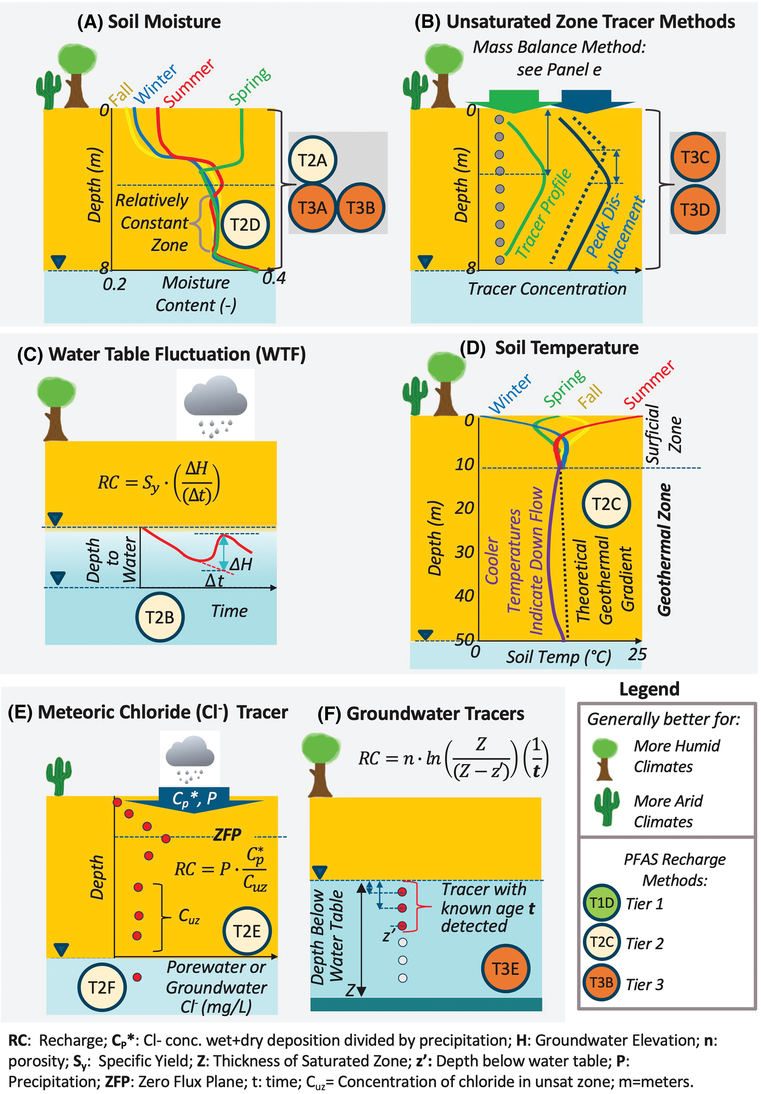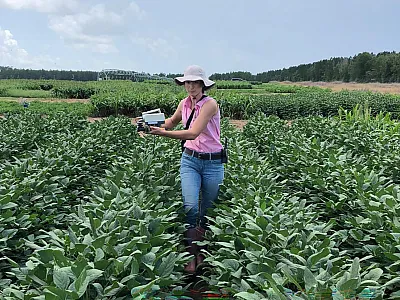A Better Way to Estimate Groundwater Recharge for Quantifying PFAS

Per‐ and polyfluoroalkyl substances (PFAS) in groundwater are increasingly the focus of regulatory and community scrutiny with some researchers estimating there may be tens of thousands of PFAS sites around the country. To understand the magnitude of the PFAS problem at a particular site, site managers need to understand the mass discharge (Md) of PFAS from vadose zone soils to groundwater.
Mass discharge combines the size of the source, concentration in porewater, and most importantly, the recharge rate to groundwater to estimate the mass discharge in units of grams per year. While mass discharge has long been applied to other contaminants in the saturated zone, relatively little attention has been focused on how to estimate recharge at PFAS‐impacted sites, which have unique fate and transport properties.
With the aim of making it easier to estimate this key metric, a research team from GSI Environmental Inc. and the Air Force Civil Engineer Center reviewed more than 40 different ways to estimate groundwater recharge in the literature. They then developed a tiered system of increasing cost, complexity, and certainty for estimating recharge specifically at PFAS‐impacted sites. This study should serve as a useful tool to assess PFAS‐impacted vadose zone sources and allow for effective remediation of PFAS sites in the future.
Adapted from Newell, C. J., Stockwell, E., Alanis, J., Adamson, D. T., Walker, K. L., & Hunter Anderson, R. (2023). Determining groundwater recharge for quantifying PFAS mass discharge from unsaturated source zones. Vadose Zone Journal, 22, e20262. https://doi.org/10.1002/vzj2.20262
Text © . The authors. CC BY-NC-ND 4.0. Except where otherwise noted, images are subject to copyright. Any reuse without express permission from the copyright owner is prohibited.











